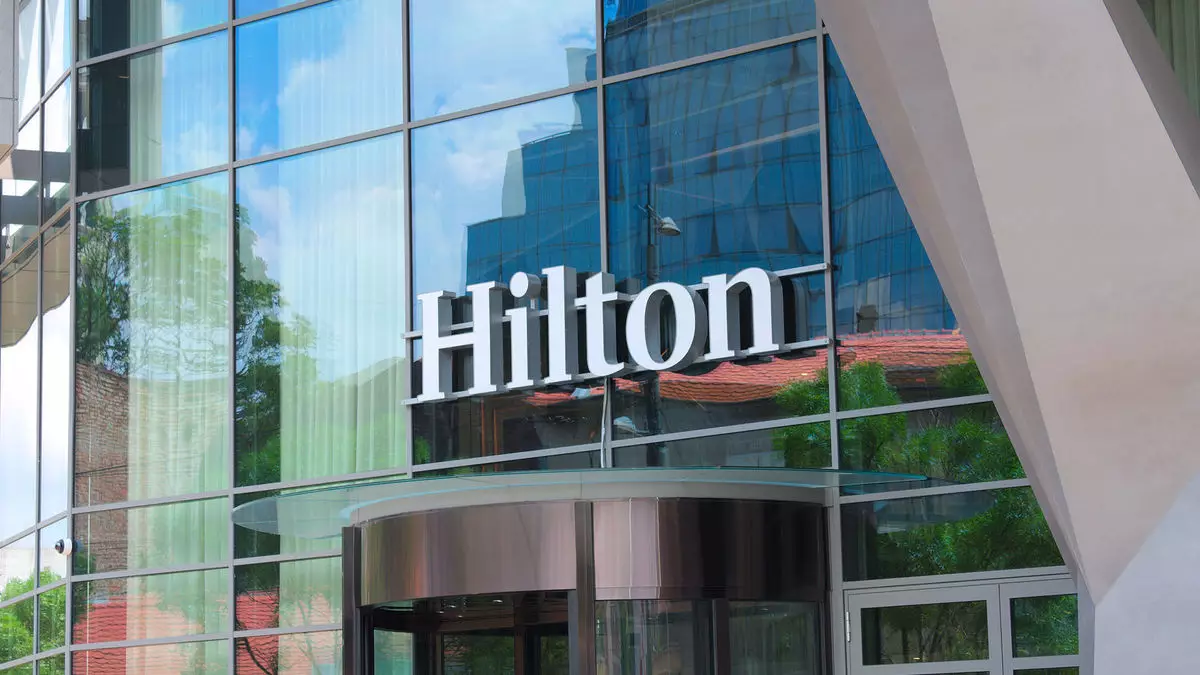Hilton’s recent financial report reveals a marginal decline in systemwide Revenue Per Available Room (RevPAR)—a 0.5% drop in Q2 2025. While on the surface this appears as a setback, a deeper analysis suggests a testament to Hilton’s enduring resilience amid a climate of economic unpredictability. CEO Christopher Nassetta attributes this modest dip to a confluence of external factors: shifting holiday patterns, reduced government spending, and a lukewarm international travel landscape. This nuanced explanation underscores not just the fragility of the hospitality sector, but also Hilton’s capacity to navigate turbulence with strategic agility.
Rather than focusing solely on the decline, it is instructive to appreciate the counterbalance—slight occupancy decreases offset by robust growth in average daily rates (ADR). The 0.2% ADR increase to $163.78 exemplifies how Hilton is leveraging pricing power in a cautious demand environment, thereby softening the revenue impact of softer occupancy figures. This delicate balancing act exemplifies Hilton’s sophisticated revenue management strategy and highlights a resilient business model deliberately designed to adapt to changing market currents.
Global Variations: Geographical Diversity as a Strategic Asset
The international market performance provides a fascinating lens into Hilton’s global footprint. While the U.S. experienced a more noticeable 1.5% decline in RevPAR, several regions demonstrated noteworthy resilience or growth. Europe, Middle East, and Africa posted positive figures, with the Middle East and Africa leading at 10.3%. The Americas outside the U.S. grew 3.8%, and Asia-Pacific held steady at a negligible 0.3%. These disparities reflect the uneven economic recovery across regions, but also hint at the inherent strengths of Hilton’s diversified portfolio.
This geographic variability should not be viewed solely as a challenge; instead, it underscores Hilton’s strategic diversification. Having multiple regional strengths affords the company a buffer against localized downturns, allowing it to harness opportunities as recovery patterns unfold. This resilience, built upon geographic breadth, suggests that Hilton’s future growth may hinge less on a single market and more on its ability to capitalize on regional shifts and emerging markets.
Segment Shift: The Power of Group Business amid Consumer Normalization
Amidst the softness in leisure travel, Hilton’s continued strength in group business is particularly noteworthy. The segment’s contribution to a 7.9% uptick in global management and franchise fees indicates a robust core that could stabilize revenues during uncertain times. Nassetta explicitly highlights the U.S. urban markets as hotbeds of group demand, showing that corporate and organized travel remain key growth drivers even as individual leisure normalized.
This strategic emphasis on group and corporate bookings paints a more optimistic picture of Hilton’s operational health. The categorization of leisure travel as “normalizing” hints at a maturing segment, where Hilton’s ability to attract consistent corporate clients could be the differentiator moving forward. Nassetta’s optimistic forecast for a rebound in business transient demand in the fall suggests that Hilton’s focus on cultivating these segments is more than prudent—it’s essential for enduring prosperity in an unpredictable landscape.
Looking Forward: Bold Confidence in Navigating the Year Ahead
Hilton’s financial results for Q2 2025 reflect a company confident in its strategic positioning despite short-term headwinds. A 6.3% year-over-year revenue increase and a growth in adjusted EBITDA to over $1 billion signal strengths that transcended modest declines in top-line metrics. Nassetta’s assurance about the power of Hilton’s business model and his prediction of a more normalized business travel environment post-Labor Day illustrate a leadership committed to steering through uncertainties with a resilient outlook.
While the full-year RevPAR growth forecast remains conservative—aiming for flat to 2%—the underlying message is one of cautious optimism. Hilton’s ability to generate consistent earnings amidst a globally volatile economy demonstrates a strategic maturity that many competitors lack. Rather than succumbing to short-term dips, Hilton appears steadfast, leveraging its diversified portfolio, flexible revenue strategies, and targeted focus on lucrative segments. This approach underscores a broader truth: in an uncertain economy, resilience and adaptability are the engines of long-term success.


Leave a Reply